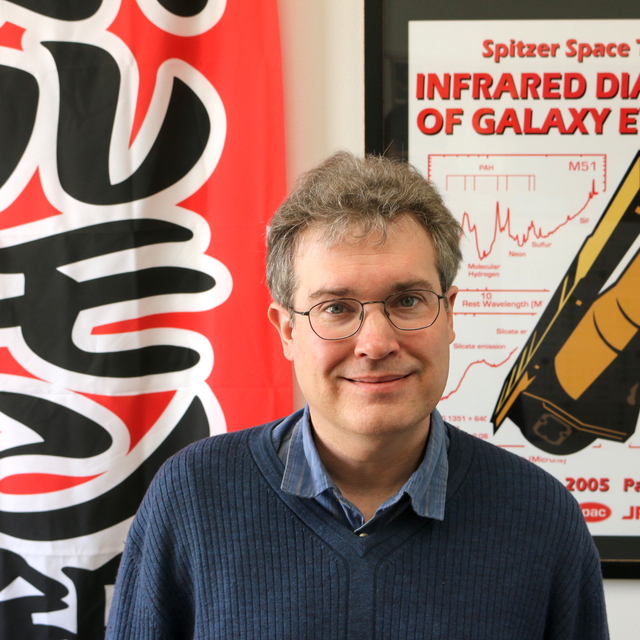
Euclid: Estimation of the Impact of Correlated Readout Noise for Flux Measurements with the Euclid NISP Instrument
September 2021 • 2021PASP..133i4502J
Abstract • The Euclid satellite, to be launched by ESA in 2022, will be a major instrument for cosmology for the next decades. Euclid is composed of two instruments: the Visible instrument and the Near Infrared Spectrometer and Photometer (NISP). In this work, we estimate the implications of correlated readout noise in the NISP detectors for the final in-flight flux measurements. Considering the multiple accumulated readout mode, for which the UTR (Up The Ramp) exposure frames are averaged in groups, we derive an analytical expression for the noise covariance matrix between groups in the presence of correlated noise. We also characterize the correlated readout noise properties in the NISP engineering-grade detectors using long dark integrations. For this purpose, we assume a (1/f) α-like noise model and fit the model parameters to the data, obtaining typical values of $\sigma ={19.7}_{-0.8}^{+1.1}$ e- Hz-0.5, ${f}_{\mathrm{knee}}=({5.2}_{-1.3}^{+1.8})\times {10}^{-3}\,\mathrm{Hz}$ and $\alpha ={1.24}_{-0.21}^{+0.26}$ . Furthermore, via realistic simulations and using a maximum likelihood flux estimator we derive the bias between the input flux and the recovered one. We find that using our analytical expression for the covariance matrix of the correlated readout noise we diminish this bias by up to a factor of four with respect to the white noise approximation for the covariance matrix. Finally, we conclude that the final bias on the in-flight NISP flux measurements should still be negligible even in the white readout noise approximation, which is taken as a baseline for the Euclid on-board processing to estimate the on-sky flux. * This paper is published on behalf of the Euclid Consortium.
Links




